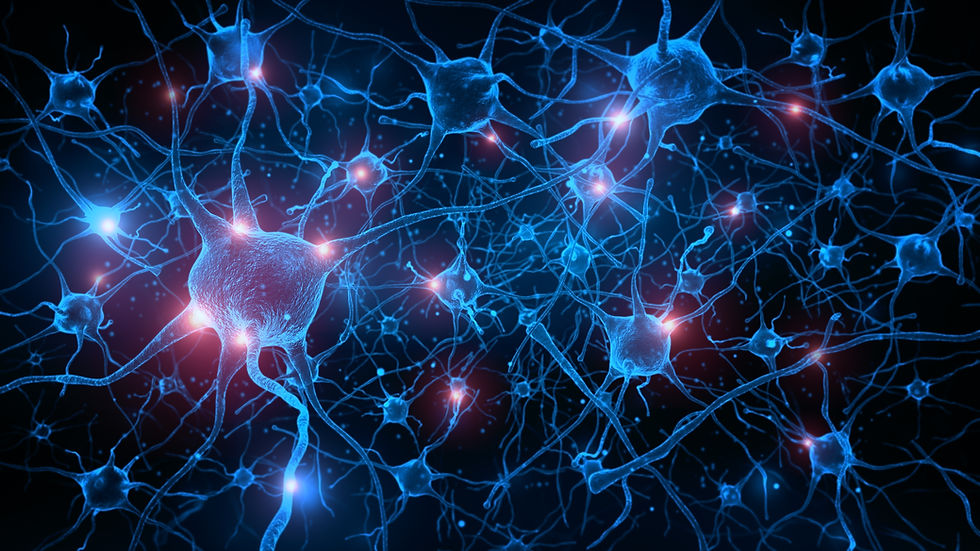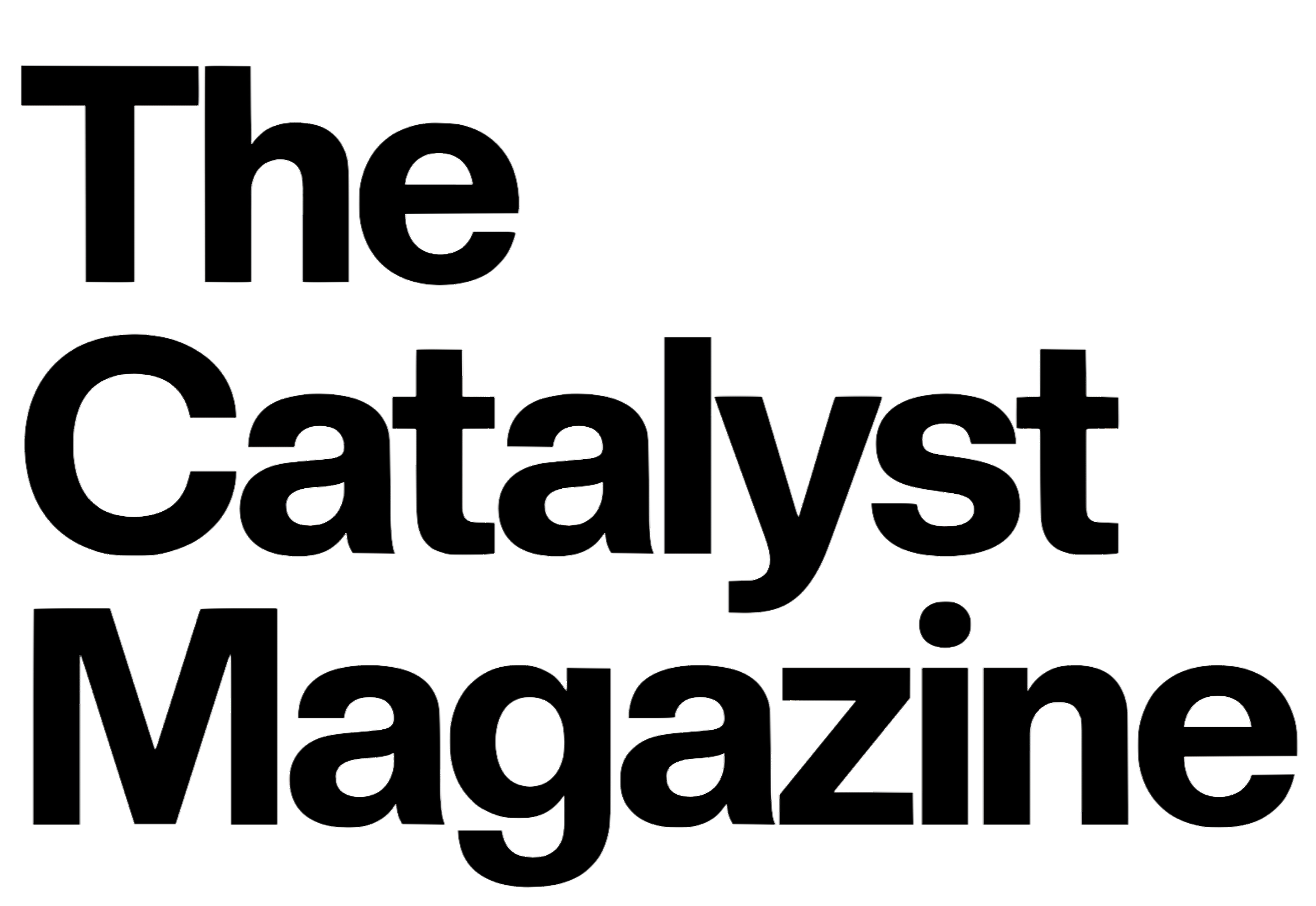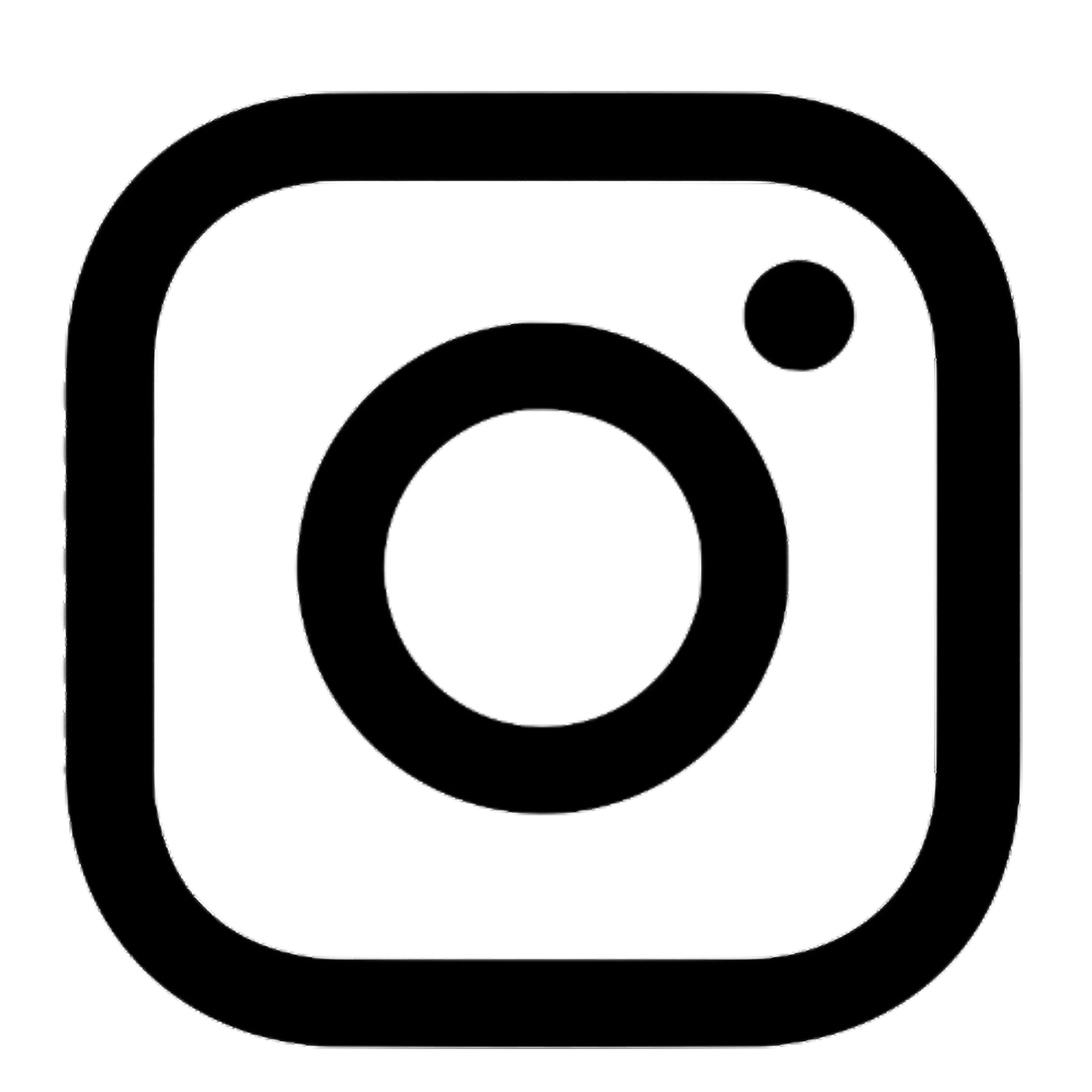The Fascinating Role of Paradoxes in Science
- Lori Preci
- Apr 28
- 4 min read
Updated: Jul 24
Where Logic Bends
Science relies on models. These systems quantify, predict, and explain phenomena. Models undergo optimization, peer review, and rigorous testing. Yet, sometimes they falter. When they stumble, contradictions emerge.
Scientific paradoxes highlight the limits of our thinking. They reveal assumptions mistaken for truths. What seems like model failure prompts us to rethink our foundational beliefs. We must redefine the premises that guide scientific understanding.

Here are three paradoxes that challenge models across scientific fields. These occur in molecular biology, immunology, and neuroscience. They serve as reminders that science is an evolving process, constantly refining itself.
Premonition in the Pancreas: Biology Plays the Long Game
The pancreas houses alpha and beta cells that regulate blood glucose. They utilize a negative feedback loop. Beta cells release insulin to lower glucose levels. Conversely, alpha cells release glucagon to raise levels. These are biochemical opposites, yet their behavior defies simple models.
Beta cells suppress alpha cells through local signals, even before significant glucose changes. Similarly, alpha cells prepare glucagon release ahead of hypoglycemia. Here, we observe anticipatory regulation. Feedback occurs due to inferred trends instead of real-time inputs.
Mechanically, anticipation results from tight intercellular signaling and electrical coupling. Somatostatin from delta cells plays a role as well. However, this process challenges basic control theory. Traditionally, feedback loops follow a strict order: stimulus, response, and correction.
This predictive behavior echoes throughout biology. Neurons often fire in anticipation of sensory stimuli. Immune systems prepare against pathogens not yet encountered. Even artificial systems, like machine learning models, start recognizing patterns early. Cells don’t think independently. However, evolution has optimized their networks to mimic such behavior.
Schrödinger’s Lab: No Such Thing as a Truly Isolated System
You've gone to great lengths: controlled variables, sterilized surfaces, and maintained a clean setup. Yet, unexpected outcomes still occur. A cell might misbehave, a material could react unexpectedly, or a measurement may drift. The anomaly lies in assuming that the system was neutral.
In synthetic biology, cells often behave unpredictably, even in controlled settings. In physics, inert materials may catalyze reactions. In behavioral science, identical animals exhibit diverse actions despite identical environments. Here, context becomes a vital part of the signal we're aimed to measure.
Enter Schrödinger’s cat, a thought experiment in quantum mechanics. Erwin Schrödinger envisioned a cat sealed in a box with a radioactive atom and a mechanism to kill the cat if the atom decayed. Until the box is opened, the atom exists in a superposition of states—dead and alive.

Schrödinger intended to illustrate the absurdity of scaling quantum principles to everyday objects. The core insight remains: in quantum systems, observation is not passive. Measurement influences a system's state.
At the quantum level, measurement collapses a probabilistic framework into a definite outcome. The implications extend beyond quantum mechanics. In experimental science, the notion that we can observe without effecting change is often aspirational.
While I’m not suggesting your cells will thrive if you sing to them, it's essential to recognize that labs aren't neutral spaces. Instruments carry biases, and observation inherently shapes results. Scientists must face the reality that observation is part of the experimental process.
When the Output is Right but the Wiring is a Mystery
Imagine a machine-learning model trained on incomplete data. It still predicts outcomes with surprising accuracy. Consider climate models that align with observations despite omitted variables. In genomics, partial sequences can yield reliable predictions of complex traits. Here, the outputs are accurate, yet the mechanisms remain mysterious.
This paradox of overperforming systems highlights a significant challenge. Tools can deliver valid results even when functioning outside our understanding. Statistically, one might interpret this as overfitting—a model memorizing quirks in data but failing to generalize. Surprisingly, many systems, particularly in machine learning, indeed generalize well.
Deep learning, for example, often uncovers patterns beyond human intuition. In biology, complex traits arise from vast networks of genes. Regulatory factors further complicate causality, yet predictive models often deliver quality results.

Such challenges raise important epistemological questions. In high-stakes fields like medicine, where AI is becoming prevalent, understanding a model's output process is critical. When a system yields unexplainable results, it becomes a black box. The risk lies in mistaking the model for reality.
Why Paradox Matters
Paradoxes signify that science isn't broken. They illuminate instances where models don't align with observations. They surface when data surpasses interpretation and systems act unpredictably.
At the intersection of science and policy, paradoxes serve as invitations. They prompt re-examination of assumptions, refinement of frameworks, and the formulation of better questions.
So, when data misbehaves or variables refuse to remain independent, don't be quick to declare failure. It may not be the system that’s malfunctioning. Instead, it could be your perspective that requires adjustment.
Understanding these complexities opens pathways for deeper comprehension. Paradoxes push science forward, demanding we adapt and expand our models. For anyone eager to explore further, consider the phrase anticipatory regulation which perfectly illustrates this concept.








Comments